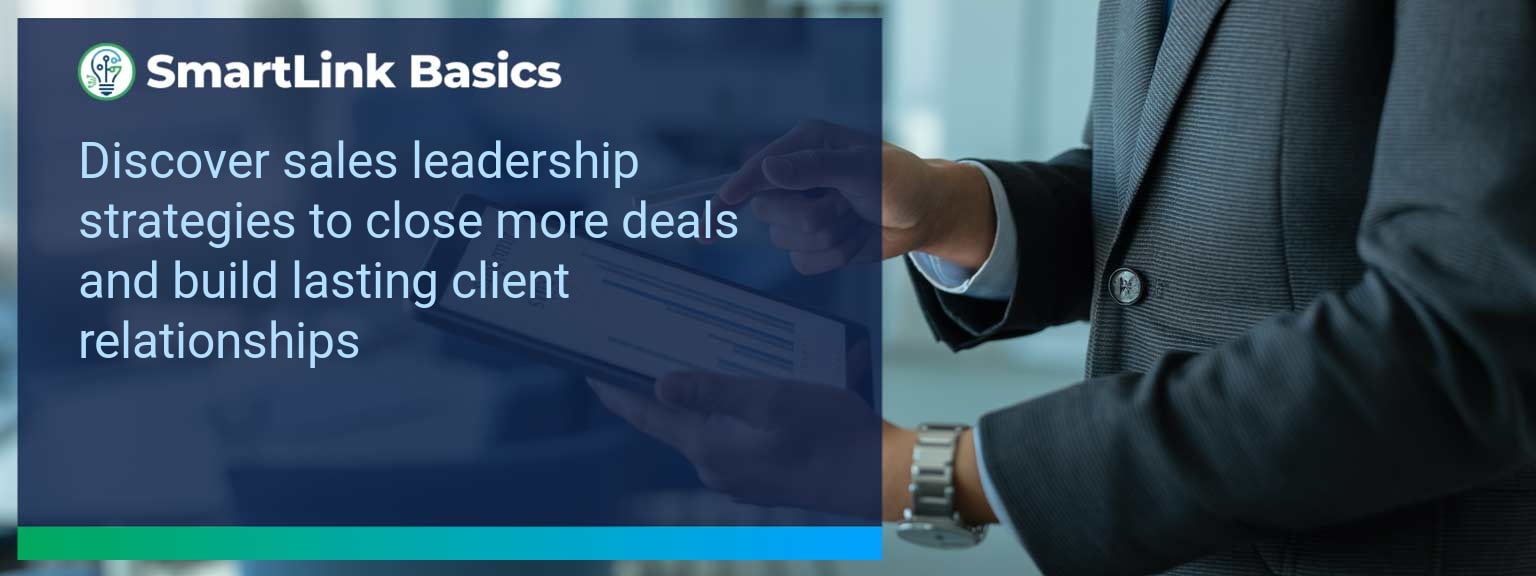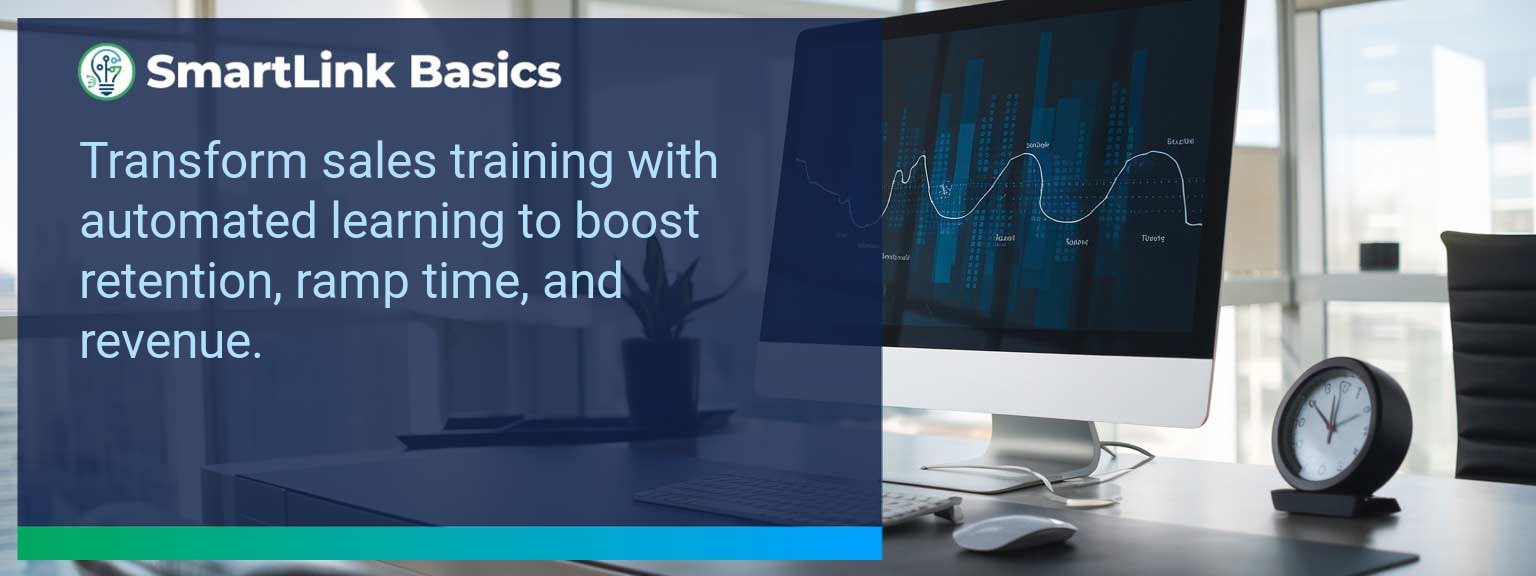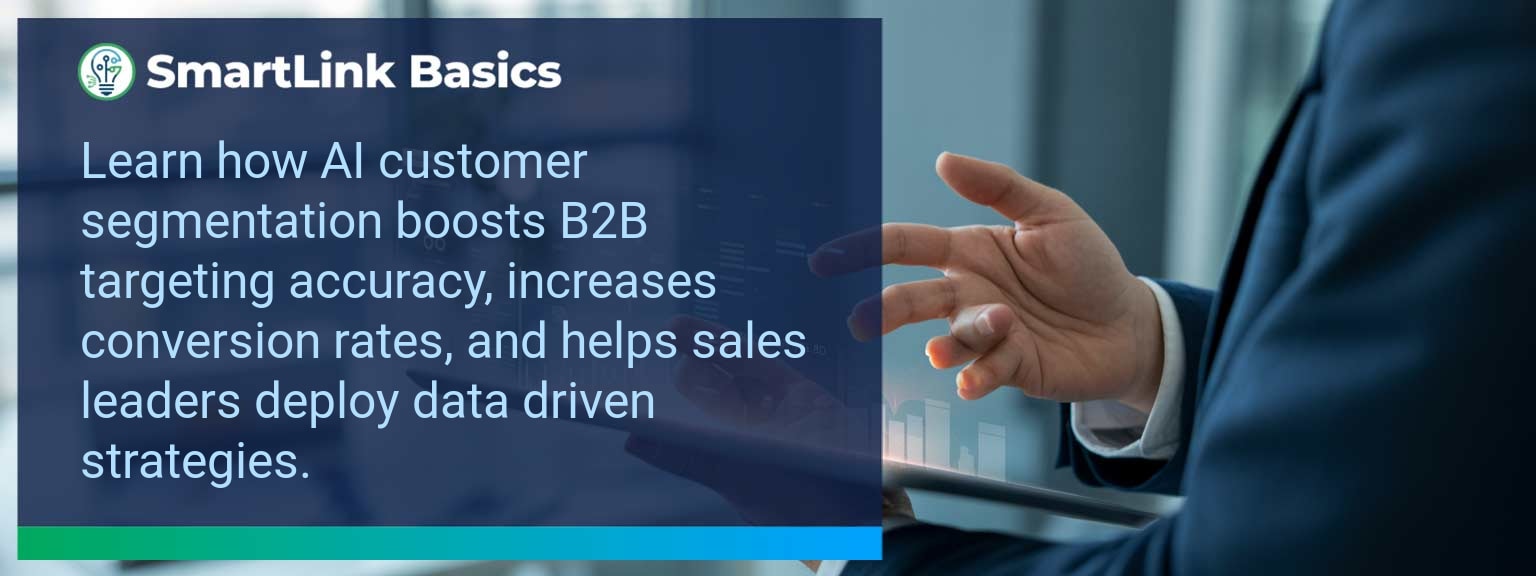Industry data shows that organizations adopting AI-driven automation achieve cost reductions of up to 30% while accelerating sales cycles by 20% or more (McKinsey, 2024). For sales leaders, AI automated workflows now define competitive advantage, enabling teams to reallocate time from repetitive tasks to high-value engagements. At SmartLink Basics, we help decision-makers implement these systems strategically, ensuring they integrate with existing revenue operations. In this article, you’ll see how AI automated workflows power business outcomes, the common obstacles that slow adoption, and practical steps to optimize processes. You’ll walk away with proven examples, a 90-day action blueprint, and measurable KPIs to track results.
- Automate repetitive administrative and CRM updates with AI.
- Integrate machine learning to personalize outreach at scale.
- Streamline approvals, quotes, and contract workflows for speed.
- Use predictive analytics to prioritize sales opportunities.
- Track adoption and performance with targeted metrics.
AI Automated Workflows: What Changed and Why It Matters
AI adoption has shifted from experimental to operational, making automated workflows a standard in high-performing sales organizations. The real advantage lies in combining workflow automation with artificial intelligence workflows to optimize every step of the revenue process. Sales leaders now use AI to synchronize touchpoints, reduce manual inputs, and ensure faster execution. For example, a B2B SaaS leader introduced automated lead enrichment and routing, cutting qualification time by 60%. Actionable insight: Audit processes for time-intensive handoffs and apply AI where repeatability is high.Redesign the Revenue Operating System With AI Automated Workflows
ICP, Segmentation, and Targeting AI-enabled segmentation uses historical wins, firmographic, and behavioral data to dynamically update ICP profiles. This ensures targeting precision without quarterly re-work. Pipeline Architecture Automated workflows push opportunities through the right stages based on engagement signals. AI flags at-risk deals for intervention. Plays and Messaging Integrated automation tools deliver personalized sequences based on buyer activity, increasing relevance at every touchpoint. Operating Cadence AI schedules follow-ups, forecast calls, and account reviews based on actual pipeline movement rather than static calendars. Actionable insight: Implement automation that adapts in real-time to both internal and buyer-driven events.Common Obstacles To Achieving Seamless Automation
The most frequent challenges are fragmented systems, inconsistent data quality, and cultural resistance. Without a unified data layer, automation amplifies errors rather than solving them. Coca-Cola Europacific Partners reported needing a full data governance upgrade before AI could improve sales workflows. Leaders must first assess infrastructure readiness and train teams to trust AI-influenced recommendations. Actionable insight: Before deployment, establish clean data practices and a single source of truth.Implementing AI To Optimize Workflows
Effective deployment of AI process optimization starts with mapping current-state processes, identifying friction points, and matching them with automation tools. For example, automating proposal generation based on CRM opportunity data can reduce turnaround from three days to one hour. Solutions combining business process automation platforms with machine learning integration enable continuous performance improvement. Actionable insight: Pilot in one high-impact stage, measure, and then expand.Tangible Benefits From Automated Processes
The benefits extend beyond time savings — sales leaders gain a scalable system. Tangible outcomes include faster quote-to-close, higher lead conversion, and better forecast accuracy. A manufacturing firm implemented AI-assisted order processing and cut errors by 40%, improving on-time delivery rates. Actionable insight: Track both speed and accuracy to measure workflow automation effectiveness.Metrics That Matter
| Category | Metric | Definition | Target |
|---|---|---|---|
| Leading | Workflow Completion Rate | % of automated sequences executed without manual intervention | 95%+ |
| Leading | AI Suggestion Adoption Rate | % of AI-generated action recommendations executed by reps | 80%+ |
| Lagging | Cycle Time Reduction | Decrease in time from lead entry to closed-won | 20%+ |
| Lagging | Revenue Per Rep | Average sales revenue generated per sales rep per quarter | +15% YoY |
| Quality | Automation Error Rate | % of workflows that trigger incorrect outcomes | <1% |
| Quality | Customer Satisfaction Post-Automation | Average CSAT score after automation implementation | ≥ 4.5/5 |
Innovations And Next Steps For AI Automation
Emerging capabilities like AI-generated playbooks, intent-driven dynamic routing, and integrated AR for virtual product demos are shaping the next wave of sales automation. Companies integrating these tools early will outpace competitors in speed and personalization. Actionable insight: Stay ahead by testing emerging automation features quarterly and aligning them with evolving buyer expectations.Get the 90-day plan, coaching rubric, and dashboard template to operationalize AI in your enablement program.
Turning AI Automation Into a Revenue Multiplier
AI automated workflows are now a strategic lever for predictable, scalable growth. This guide outlined current applications, adoption challenges, a 90-day execution plan, and measurable success criteria. To make automation pay off, sales leaders should integrate tools into one cohesive operating system and review results monthly for continuous improvement. Access more AI-driven sales enablement resources from SmartLink Basics to design a high-performance automation strategy. High-performing sales organizations consistently follow structured, leader-driven strategies to secure long-term growth. At SmartLink Basics, we recognize that precise execution in prospecting, closing, and client relationship management drives consistent revenue gains. Sales leadership strategies are not just about setting targets – they are about designing systems that make predictable success a daily reality. In this guide, you will gain actionable frameworks for refining your sales approach, boosting sales team management efficiency, and achieving measurable sales performance improvement.- Define and refine your Ideal Customer Profile (ICP) for targeted prospecting.
- Design a structured pipeline architecture to align sales activities to outcomes.
- Equip teams with consistent plays, messaging, and enablement tools.
- Maintain an operating cadence that enforces accountability and agility.
- Track leading, lagging, and qualitative metrics to drive ongoing improvement.
Overcoming Common Barriers In The Sales Process
Misaligned priorities, vague qualification criteria, and inconsistent follow-through are common reasons deals stall. Without strong sales leadership strategies, even skilled sales teams can lose momentum to longer sales cycles or misallocated resources. Leaders must diagnose bottlenecks early and define repeatable steps to keep the pipeline moving. For example, a global SaaS provider reduced average deal close time by 28% simply by clarifying its qualification stages and enforcing stricter forecast discipline at weekly sales reviews. Effective leaders address barriers by combining accurate data with clear decision rights. This ensures reps understand where to focus and managers can intervene before small issues become deal-breakers.Implementing Effective Sales Leadership Strategies
Strong execution begins with a clear revenue operating system. This connects sales strategy to daily behaviors in four integrated components. 1. ICP, Segmentation, and Targeting Define your high-value segments and ideal customer profile. Align prospecting resources to those most likely to buy and retain. This prevents wasted effort on unqualified leads and increases close rates. 2. Pipeline Architecture Map every stage from lead to closed-won, with documented exit criteria. A robust architecture reduces forecasting errors and exposes weak points in the funnel. For instance, shifting nurturing activities earlier in the cycle can reclassify dormant leads into active opportunities. 3. Plays and Messaging Ensure all reps use consistent messaging tailored to each segment. Document plays that outline cadence, value propositions, and objection handling. Unified messaging strengthens your brand and accelerates ramp time for new hires. 4. Operating Cadence Set weekly, monthly, and quarterly checkpoints with clear agendas. This cadence builds accountability and creates space for proactive adjustments before targets are missed.Measuring The Impact Of Strategic Sales Leadership
Tracking the right metrics ensures sales performance improvement is intentional and sustainable. Balanced measurement considers activity (leading), results (lagging), and qualitative indicators like client sentiment.| Category | Metric | Definition | Target |
|---|---|---|---|
| Leading | Weekly New Opportunities | Number of qualified leads entering pipeline weekly | +15% per quarter |
| Lagging | Close Rate | Percentage of opportunities won | >30% |
| Quality | Net Promoter Score (NPS) | Client loyalty indicator from post-sale surveys | +50 |
Adapting Sales Leadership For Future Growth
Evolving markets demand leaders who can anticipate shifts in buyer behavior and technology adoption. The most successful sales leadership strategies incorporate scenario planning, continuous coaching, and adaptive resource allocation. For example, reallocating account managers to strategic accounts ahead of an industry merger positioned one manufacturing supplier to secure multi-year contracts before competitors reacted. Leaders should integrate flexible processes and technology that can scale without disrupting the sales team’s rhythm. Consistent review cycles ensure strategies remain aligned with business objectives.Get the 90-day plan, coaching rubric, and dashboard template to operationalize AI in your enablement program.









